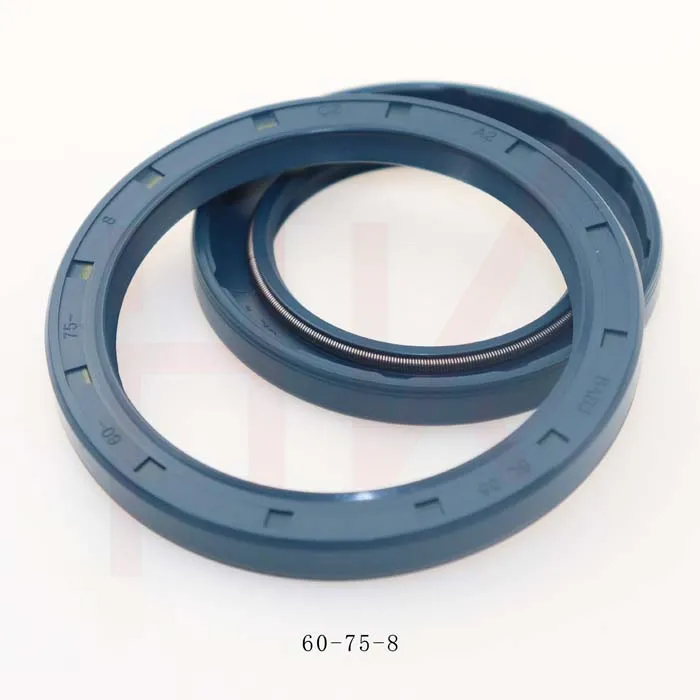កញ្ញា . 26, 2024 03:27 Back to list
oil wiper ring
Understanding Oil Wiper Rings Function and Importance
In the world of mechanical engineering and automotive design, seemingly small components can play a critical role in the overall performance and efficiency of an engine. One such component is the oil wiper ring, which serves a significant purpose in maintaining the vitality and longevity of an engine. This article will explore the function, types, and importance of oil wiper rings in modern engines.
What is an Oil Wiper Ring?
An oil wiper ring, often referred to simply as a wiper ring, is a type of piston ring designed to regulate the amount of oil that lubricates the cylinder walls. It is usually located above the compression rings and below the scraper rings in an engine's piston assembly. While its primary purpose is to ensure that just the right amount of oil reaches the cylinder wall, it also plays a vital role in preventing excessive oil from entering the combustion chamber.
Functions of the Oil Wiper Ring
1. Oil Control The main function of the oil wiper ring is to manage the amount of oil that makes its way up to the combustion chamber. By effectively scraping excess oil off the cylinder wall, the wiper ring minimizes the chances of oil burning during the combustion process, which can lead to performance issues and increased emissions.
2. Maintaining Lubrication While it controls excess oil, the wiper ring also ensures that sufficient lubrication is maintained in the engine. Proper lubrication minimizes friction between the piston and the cylinder wall, thereby reducing wear and tear on engine components.
3. Preventing Oil Consumption An engine that consumes too much oil is often indicative of underlying problems, such as worn piston rings or other issues within the engine system. The wiper ring's ability to limit oil ingress into the combustion chamber helps to reduce oil consumption and enhances overall engine efficiency.
4. Supporting Engine Efficiency An appropriately functioning oil wiper ring contributes to the overall efficiency of the engine. By ensuring optimal oil control, it plays a role in improving fuel economy, lowering emissions, and extending engine life.
Types of Oil Wiper Rings
oil wiper ring

Oil wiper rings come in various designs, which can influence their effectiveness and application in different engines. The common types include
- Conventional Wiper Rings These are often made from materials such as cast iron or steel and feature a simple design that allows for effective oil scraping.
- Advanced Polymer Rings Many modern engines utilize wiper rings made from advanced polymers that offer enhanced durability, lower friction, and improved wear resistance.
- Multiple-Stage Wiper Rings Some designs involve multiple wiper elements that work together to control oil flow more effectively. These multi-stage rings can provide superior performance, particularly in high-performance or specialized engines.
Importance of Oil Wiper Rings
Engine efficiency, longevity, and performance are critically influenced by the effectiveness of oil wiper rings. When wiper rings are functioning as intended, they contribute to a cleaner combustion process, reduced emissions, and improved fuel economy. Conversely, failure or wear of these rings can lead to oil fouling, higher exhaust emissions, increased oil consumption, and potentially serious engine damage.
Regular maintenance, including monitoring the condition of oil wiper rings, is essential for optimal engine performance. Signs of wear or malfunction—such as decreased oil pressure, increased oil consumption, or poor engine performance—should prompt immediate inspection and replacement of the wiper rings to prevent further damage.
Conclusion
In summary, oil wiper rings, while small, are mighty in their influence on engine performance and longevity. Their ability to control oil flow, support lubrication, and prevent excessive oil consumption underscores their importance in modern engines. As automotive technology continues to evolve, the design and material of oil wiper rings will likely advance, further enhancing engine efficiency and environmental sustainability. Understanding and maintaining these essential components is crucial for optimal engine operation.
-
TCN Oil Seal Metal Ring Reinforcement for Heavy Machinery
NewsJul.25,2025
-
Rotary Lip Seal Spring-Loaded Design for High-Speed Applications
NewsJul.25,2025
-
Hydraulic Cylinder Seals Polyurethane Material for High-Impact Jobs
NewsJul.25,2025
-
High Pressure Oil Seal Polyurethane Coating Wear Resistance
NewsJul.25,2025
-
Dust Proof Seal Double Lip Design for Construction Equipment
NewsJul.25,2025
-
Hub Seal Polyurethane Wear Resistance in Agricultural Vehicles
NewsJul.25,2025
-
The Trans-formative Journey of Wheel Hub Oil Seals
NewsJun.06,2025
Products categories
















